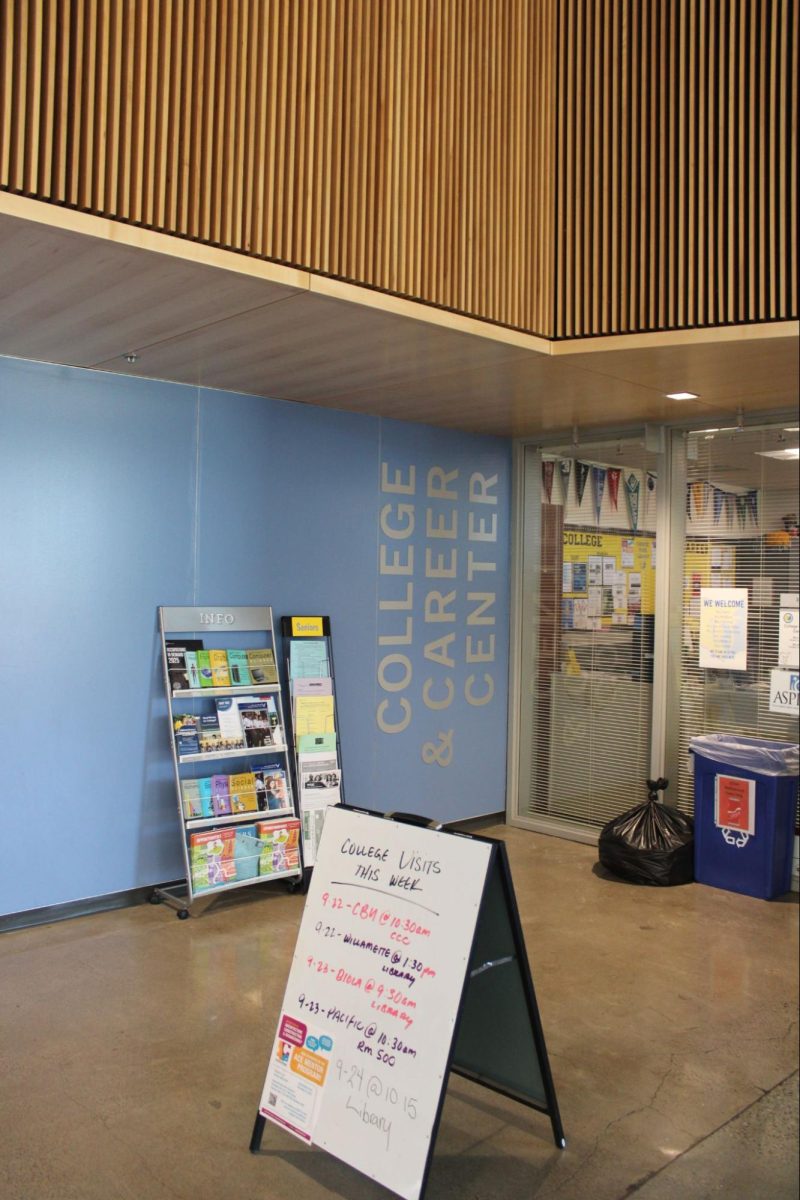For years, the day you turn 16 and blow out the candles on your birthday cake has been the day independence begins. Those days have changed.
“Between 1983 and 2022, the number of 16-year-olds with driver’s licenses declined from about half to a quarter”, according to the Department of Transportation. Similarly, the number of 18-year-olds with driver’s licenses dropped from 80% to 60%. But why is this happening?
There are numerous reasons why a teen may put off getting a driver’s license. For one, teens now have more modes of transportation to get from place to place. They have access to rideshare apps like Uber and Lyft that can get them where they need to go without driving themselves. Also, teens living in major cities like New York have access to public transportation, which is another reason not to get their license. According to USA Today, New York had the largest decline in young drivers from 2012 to 2022, with a drop of 45%.
Another cause of the decrease in teens with a license is driving anxiety. According to the Washington Post, “reports of road rage and aggressive driving are soaring.” Expert Joanna von Staden says that teens’ mental health might be connected with their reluctance to drive.
One more factor that may come into play is the price of driving. In 37 states, teens striving for their license must take Driver’s Education classes, while the remaining states have many teens participating in Driver’s Education. Driver’s Education often costs hundreds of dollars, a significant burden on many families. Additionally, car insurance is expensive, which is yet another reason teens may put getting their license on hold.
Barlow High School junior, Aubrey Moffat, got her license right when she turned 16. “I took Driver’s Ed, getting it right away was pretty easy, and I could drive myself sooner, which was nice. It gave me more independence, which I liked.”
Alexis Geiszler, a former student at Cleveland High School, didn’t get her driver’s license until she was 22. “I didn’t really need it. I got rides with my friends to school and practice. I got my license when I was 22. I waited until I graduated college because I didn’t have or need a car there, because I could walk everywhere.”
The downfall for Geiszler was that not having her license made it harder to get summer jobs when she was home from college. Now 27, Geiszler looks back and says she supports her decision. “Looking back, I don’t wish I got it sooner, because I didn’t have to pay for insurance when I wouldn’t have been driving that much anyway.”
As we see fewer teen drivers on the roads, there may be benefits. According to the CDC, “The risk of motor vehicle crashes is higher among teens ages 16-19 than among any other age group.” The fewer teen drivers there are on the roads, the fewer car crashes caused by or involving them. Despite the benefits, there are also drawbacks to having fewer teen drivers. For example, teens may have fewer opportunities for jobs and involvement in their community if they can’t get there on their own or don’t have the responsibility of driving.
The current trends of fewer teen drivers may continue or change, but for now, blowing out those 16 candles might not mark the start of independence; it might just be another birthday.








